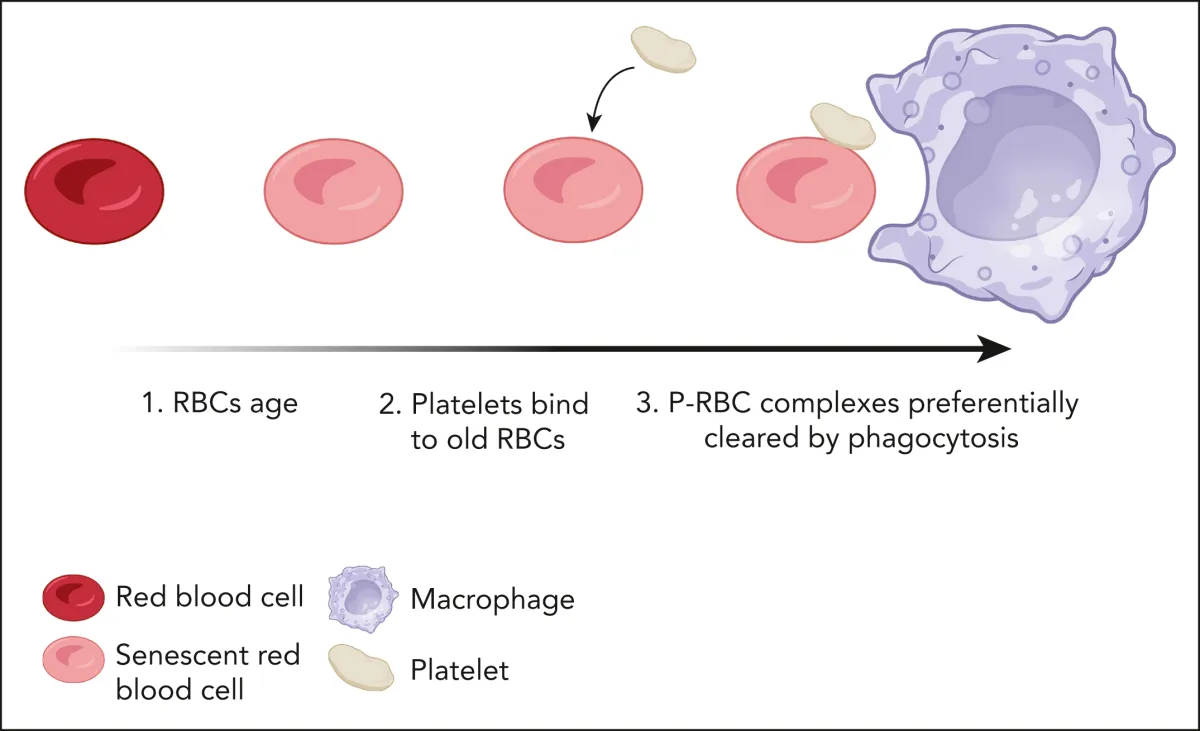Scientists discover new function of platelets that remove old red blood cells

Researchers at the John Curtin School of Medical Research (JCSMR) have found a new function of platelets apart from their known role in preventing bleeding and helping us fight off infections.
In their latest research paper published in the journal Blood, Associate Professor Brendan McMorran at the Division of Immunology and Infectious Diseases, explains that platelets have another function that removes old and damaged red blood cells (RBC) from circulation. This function may help to prevent diseases such as thrombosis where a blood clot blocks a blood vessel, cutting off blood flow to vital organs and tissues.
The findings also pave the way for targeted treatment for patients with depressed platelets counts and those that have their spleen removed by surgery.
Platelets in our bodies are like the forefront defenders. These tiny blood cells help stop bleeding and heal wounds by forming clots at the site of injury. Platelets also help us fight off infections. For many years, scientists identified them with these key duties.
According to this recent study conducted in mice and people, it was found that platelets help clear ageing red blood cells by forming platelet-cell complexes. The complexes are recognised by the spleen which maintains a healthy bloodstream. Within the spleen, cells called phagocytes that remove abnormal blood cells and invading pathogens, destroy these complexes.
People with severely depressed platelets counts, a condition called immune thrombocytopenia purpura, have more old RBC in their blood, while those that have their spleen removed by surgery have more complexes.

Associate Professor Brendan McMorran
“Both these patient groups experience a higher risk of thrombotic-related diseases. Our work, therefore, identifies complexes and old RBC as possible targets to treat these problems,” said Associate Professor McMorran.
“It’s an excellent example of collaboration between the ANU College of Science and Medicine research scientists, students and clinicians, as well as core ANU technology facilities, including the Centre for Advanced Microscopy, the National Platelet Research and Referral Centre and other national and international links,” Associate Professor McMorran added.

